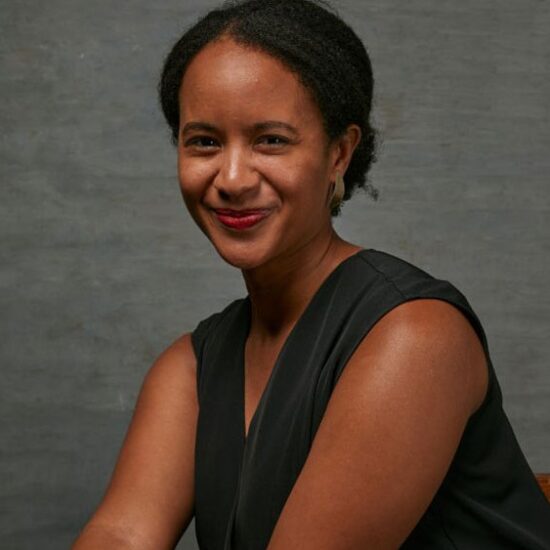
“The Gilded Age” production designer Bob Shaw didn’t want to go overboard as he gave the grand home of Agnes van Rhijn (Christine Baranski) a “lived-in” feeling. He hung portraits on top of one another and used patterns on the wallpaper, the curtains and the chairs — all of this to show old money. “The layering is what gave that sense that they had lived there for 20 years,” says Shaw.
Airing last summer, Disney+’s “Loki” was still Emmy eligible, earning six nominations. Emmy nominee Kasra Farahani was tasked by series creator Michael Waldron to build a look inspired by “Mad Men” meets “Blade Runner.” Farahani says the architecture of the Time Variance Authority offices, where a lot of action takes place, was influenced by brutalism and Soviet-style modernism. The palette, materials and whimsical patterns also used are very much inspired by mid-century modernism. Says Farahani, “Creating this cognitive dissonance in the audience and characters going through the TVA, they can’t tell if this is a friendly space or a lethal one.”
Bill Groom, a four-time Emmy winner for “Boardwalk Empire,” seeks his first win for Amazon Prime Video’s “The Marvelous Mrs. Maisel.” Among his set builds was the Wolford, a strip club.
With theaters shuttered, Groom built the vaudeville stage from scratch. Red and gold were commonly used for theaters in that era, and Groom decked out the set with a bar, dressing rooms and vintage seats including mirrors and lights. His piece de resistance? The chandelier, which was last used in 1964’s “My Fair Lady.”
Production designer Francesca Di Mottola had to tackle a nursery for “The Great.” Her brief — extravagance, reflecting Peter’s (Nicholas Hoult) psyche.
“Stranger Things” revealed more of the ominous Hawkins National Laboratory, which housed dark experiments. Production designer Chris Trujillo enlarged the lab’s playroom, revealing the full rainbow mural only hinted at in previous seasons. He expanded on other areas of the lab, building more hallways and adding closed doors within the facility. “It [showed] more of what the rest of the underground program looked like, before it gets to the dark events that we learn about Season 4,” he says.












